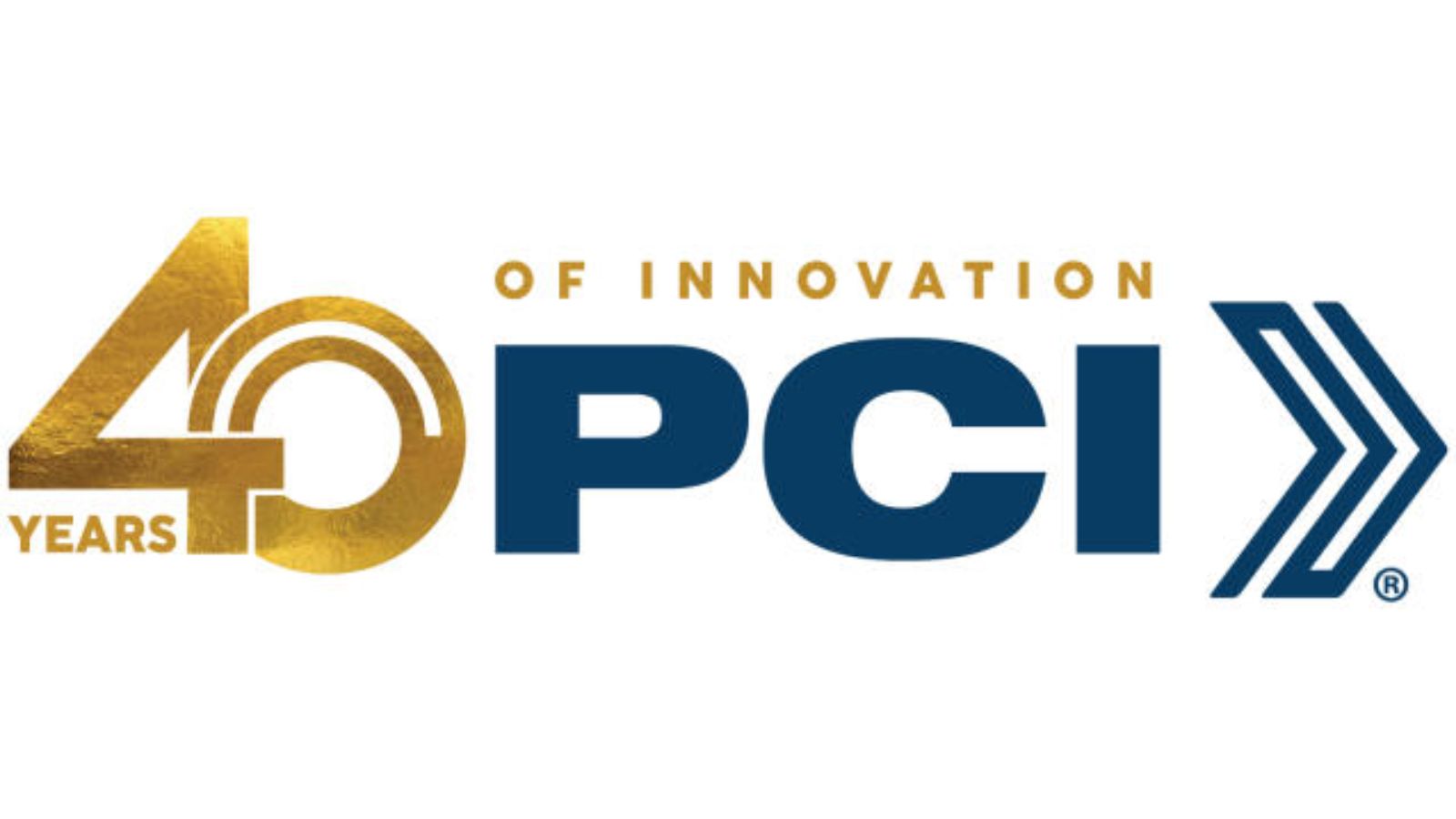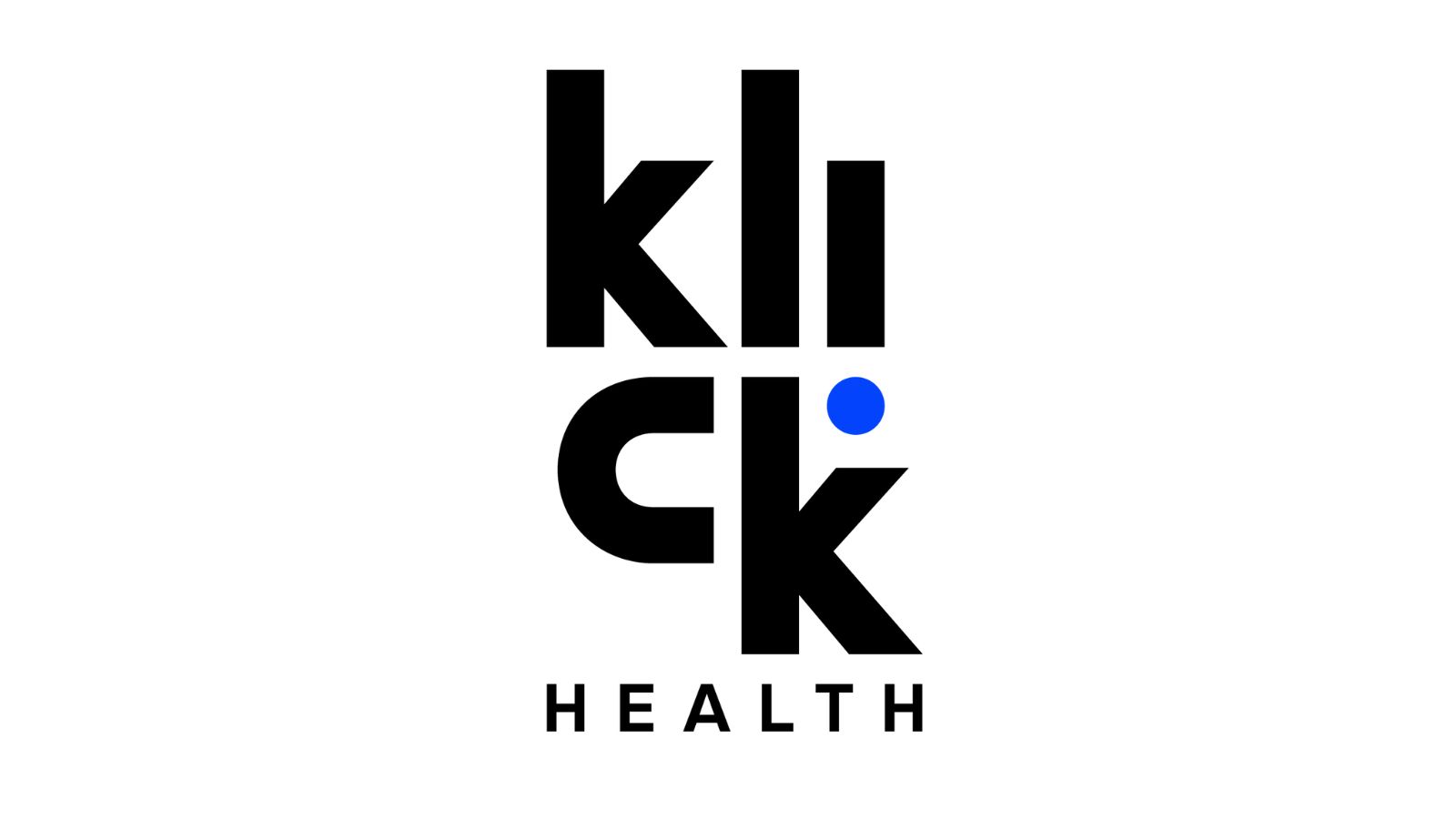Introduction
For companies to prosper on the internet they must consider Search engine optimization ( SEO ). This means becoming aware of how Google ranks your site because it is what dominates searches. A number of individuals have found themselves perplexed at a particular aspect of Google’s algorithms – RankBrain. Google RankBrain is one area that a lot of people have been talking about for the past few months because they do not understand what role it plays or insights on the same. This article aims at shedding light on Google RankBrain; what it is all about and how it operates, touching along the way its implications on SEO.
An AI system known as Google RankBrain assists Google in understanding search queries, thereby yielding search results that are more applicable to its users. Essentially it employs machine language for reasoning out meaning in queries that may not be apparent or well known. Consequently, Google now processes results far much better by delivering highly pertinent findings hence making users’ experience more pleasant.
In order to determine the relevance of a particular web page for a certain query, RankBrain employs a multitude of signals. RankBrain then figures out the ones fulfilling users more often based on these signals before adjusting accordingly (this adjusts) Google’s search results as well as offering top-ranking web pages.
These factors include:
- Content quality
- Backlinks
- Website speed
- Mobile-friendliness
- User engagement metrics (click-through rate (CTR) and bounce rate)
Misconceptions
There’s a popular misconception about RankBrain using only user engagement signals including CTR and bounce rates as criteria for ranking web pages;. Though these signals are vital, there are many other factors that RankBrain considers.
Another common mistake is assuming that RankBrain’s only concern is long-tail search terms. It is true that RankBrain does quite well with interpreting long-tail queries but it also looks at shorter and more broad keywords. The most important thing is to create and make information available that people would consume regardless of whether they have the entire phrase or just one of its parts.
(Source: https://www.topleftdesign.com/google-rankbrain/ )
Google’s Algorithmic Secrets
Over 14,000 features and ranking signals used in their search engine were revealed by the Google algorithm leaks. These documents offer some understanding of the different ways by which pages are ranked, as well as user interaction metrics, among others – confirms Google.
This cache of data contains certain metrics and ranking elements that have not been disclosed, have not always been widely known, or have been misunderstood, thereby shedding some more light on how Google goes about rating web pages.
PageRank Variants
Google employs multiple types of PageRank, each serving a unique purpose within its ranking framework.
PageRank_NS (Nearest Seed) is not dissimilar, except for document comprehension and clustering, to the typical PageRank formulation. There within this manner, it helps the algorithm to answer especially on whether a web page belongs to relevant content clusters which aids Google in labeling spam sites and niche subjects.
Google can use PageRank_NS to assess the relevance and impact of underperforming pages on your site more accurately, as well as segregate old and poorly performing posts that could be affecting the way in which your site ranks in the search engine results page.
(Source: https://boomcycle.com/blog/the-google-search-algorithm-leak-2024/ )
Every day, billions of searches are made through google therefore a website that appears on page one for keywords that are searched more frequently is likely to get higher sales and revenue . The process’ first advantage is that it is all about common sense when classified in such categories like simple procedures which many people do on a daily basis or in their lifestyles. For instance: Your content should be simple to comprehend and valuable Review websites that are ranked highly on Google Work on your pages using SEO techniques that would help Google understand them better.
Have other websites link back to you. Your site will be discovered by more people once you put it into practice.
The Essential Top 8 Factors
These are the top 8 SEO ranking factors. There are needless to say more than 200+ other factors that Google takes into account, but these are the ones that one should focus on first:
Quality Content:
Google is keen on displaying high quality, informative and relevant content to its users which is the most critical factor in SEO.
Backlinks: When another website links to yours, it’s like it’s giving you a vote of confidence. And you’ll gain more points as you gather more high-quality inbound links.
Technical SEO: Pay keen attention to the technical facets of your website like website speed, crawlability, and mobile-friendliness. Ensure there is solid rock technicality on the website for search engines to be at ease with indexing and comprehending its content.
Keyword Optimization:
The significance of keywords within your website content is immense. This is because it helps search engines to know what is contained in your site.
User Experience (UX):
The The ‘how’ of user-friendliness and fun when using a website is referred to as UX. Google aims at providing users with sites having great UX.
Schema Markup: A structured type of information that can be inserted into one’s website in order for search engines to be more effective at understanding their content.
Social Signals: The approval or disapproval expressed by a group of people on a certain page or site that is an indication of having read it, liked it, or disliked it in a platform they possess. Can make others aware of your site and increase more social traffic that will enable wider social engagement.
Brand Signals: What people generally think of your brand on the internet. Be sure that your brand is renowned and honored.
(Source: https://backlinko.com/google-ranking-factors )
Search Engine Optimization (SEO)
It’s just one of the aspects of this subject that’s continuously changing because of alterations within Google’s set of rules. Keeping abreast with them, as well as comprehending what matters most to Google is paramount today if you want to succeed online through search engine optimization come 2024. This paper delves into some top-level strategies that can help websites rank well next year including great copies, technical SEO best practices, user interface (UI) democratic design principles, mobile-friendly web pages among others like utilization artificial intelligence technologies.
Quality Content is King
The basics of SEO still remain quality content. Content which adds value to an online user is still being regarded as very important with Google placing an emphasis on it. Therefore, if you want your website’s rankings to be improved in 2020 by Google, make sure that all the information you put in your article is informative and at the same time makes sense to the reader while also being detailed enough hence leading to higher Google rankings as well as better visibility online due to proper referencing which would bring about increased traffic.Consequently, it is important that such material be produced on regular basis to keep pace with other resources available online especially blog posts and other forms of journalism so that readers may not feel cheated because they had come looking for something else only to find out that there was nothing new contained in the said article. Here are some key elements of quality content:
1. Depth and Relevance:
Google prefers content that delves deep into the subject matter. This implies not just scratching the surface, but giving detailed, well-researched information. Where an article could require thoroughness, it is in handling all facets of the subject matter to cater for various user needs.
2. Originality:
The text is really important. Google is good at noticing texts, which are similar and punishing pages that use them. For your material to be unique, provide private perspectives, investigations and estimations of the information.
3. E-A-T Principle:
Google’s focus on Expertise, Authoritativeness, and Trustworthiness increases, specifically through the endorsement of expert-authored content backed by credible sources which has been hosted on reputable sites’ servers.
4. User Intent:
It is important to understand and respond to the intent of a user. Content should match with what users want to know regardless of whether they intend to read, locate or buy something. To identify such purposes, one may use such tools as keyword research or Google Search Console.
The Bombastic Technical SEO: Growth or Foundation of Success
Technical SEO forms the backbone of a website’s searchability. Ensuring that a site is easily crawlable and indexable by Google is fundamental. Here are the key technical aspects to focus on in 2024:
1. Site Speed:
People get better experience and search engines like them when pages are open quickly, compared to slow ones. You may discover what you can make better with the assistance of tools such as Google PageSpeed Insights. To increase the speed of a site, it is recommended that some methods should be followed including image optimization and those concerned with lowering JavaScript files so that they have minimal impact on performance and leveraging browser caching.
2. Mobile-Friendliness:
Google tends to use the mobile version of a site for indexing and ranking in mobile-first indexing, while ensuring that a responsive design supporting all devices without any hitch is mandatory. The essence of mobile usability can be understood through use of Google’s Mobile-Friendly Test tool.
3. Secure Sockets Layer (SSL):
For Google, their salient issue is security with preference for websites that are encrypted via HTTPS as opposed to HTTP since using SSL certificates is seen as boosting search rankings and tightening security.
4. Structured Data:
By implementing structured data, you’re basically helping search engines understand the contents better. Improvement in the way content is displayed in SERPs (Search Engine Results Pages) may help increase click-through rates through the use of Schema.org markup.
User Experience: A Priority
Google’s algorithm increasingly emphasizes user experience (UX). Positive UX signals can lead to higher rankings. Here’s how to optimize UX for SEO:
1. Core Web Vitals:
When the amount of a substance dissolved in a solvent equals the maximum it can physically contain at a given temperature, the solution is said to be saturated. A saturated solution is in a state of dynamic equilibrium.
2. User Engagement:
Bounce rate, dwell time, and pages per session are metrics to show how users interact with a website. If you make engaging as well as easily navigable content that keeps them on the website for a longer period of time then it is likely that these metrics will be positively affected.
3. Intuitive Navigation:
With a context that is properly organized and follows a good sequence in design as well as decision making, the user can easily locate what they are looking for. When it comes to SEO, user experience can be improved by neat menus, grouping items logically and a great internal linking strategy.
Mobile Optimization: A Necessity
Mobile optimization is no longer optional; it’s a necessity. With the majority of searches now conducted on mobile devices, Google’s mobile-first indexing means that mobile performance directly affects rankings. Here’s how to ensure your site is mobile-optimized:
1. Responsive Design:
Make sure that your website fits well with diverse screen sizes and resolutions. A responsive design will create an ease to users thus ensuring same smooth performance on different gadgets.
2. Mobile-Friendly Content:
Content needs to be easily readable on mobile devices. It should include larger fonts, shorter paragraphs and tappable links and buttons.
3. Accelerated Mobile Pages (AMP):
If you do Facebook well, your audiences will share your content. Pages that are updated often do better than outdated pages.
Embrace Video and Visual Content
In search rankings, Visual content, in particular videos, continues to become more prominent. Google’s algorithm gives preference to multimedia content that improves user experience.. Here’s how to leverage video and visual content:
1. Video SEO:
Improve the content of your video by including appropriate phrases in the title, caption, and meta tag. Efficient transcribing of your video leads to better search engine optimization and ease of access.
2. Visual Search:
Since visual search engines abound, it is important to ensure all the images are optimized for visual search so that they can be found by these engines. This means using high quality image files along with meaningful names for those files coupled with alternative textual description or alt tags in order to enhance SEO for pictures.
3. Engaging Thumbnails:
Creating interesting thumbnails for videos may lure individuals to visit your site more often, increasing their chances for watch time and CTRs and this has a positive effect on search results pages.
Conclusion
To outwit Google’s algorithm in 2024 would require a number of tactics which would be primarily concerned with high-quality content, technical SEO, user experience, mobile optimization as AI usage; by concentrating on these aspects, companies can make better search appearance and rank higher. Keeping up-to-date changes in algorithms while constantly modifying strategies is critical for one to continue being relevant within this volatile SEO landscape. The algorithm used by Google is continuously being improved with the same ultimate objective – to give its users a quality experience.








Leave a Reply